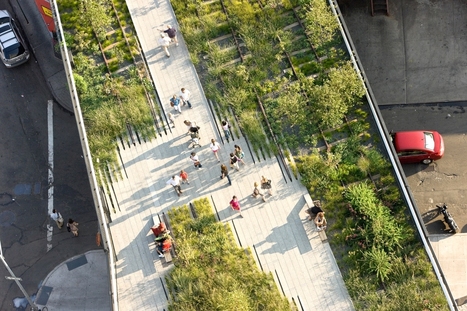Every five years, the United States National Intelligence Council, which advises the director of the Central Intelligence Agency, publishes a report forecasting the long-term implications of global trends. Earlier this year it released its latest report, “Alternative Worlds,” which included scenarios for how the world would look a generation from now.
One scenario, “Nonstate World,” imagined a planet in which urbanization, technology and capital accumulation had brought about a landscape where governments had given up on real reforms and had subcontracted many responsibilities to outside parties, which then set up enclaves operating under their own laws.
The imagined date for the report’s scenarios is 2030, but at least for “Nonstate World,” it might as well be 2010: though most of us might not realize it, “nonstate world” describes much of how global society already operates. This isn’t to say that states have disappeared, or will. But they are becoming just one form of governance among many.
A quick scan across the world reveals that where growth and innovation have been most successful, a hybrid public-private, domestic-foreign nexus lies beneath the miracle. These aren’t states; they’re “para-states” — or, in one common parlance, “special economic zones.”
Across Africa, the Middle East and Asia, hundreds of such zones have sprung up in recent decades. In 1980, Shenzhen became China’s first; now they blanket China, which has become the world’s second largest economy.
The Arab world has more than 300 of them, though more than half are concentrated in one city: Dubai. Beginning with Jebel Ali Free Zone, which is today one of the world’s largest and most efficient ports, and now encompasses finance, media, education, health care and logistics, Dubai is as much a dense set of internationally regulated commercial hubs as it is the most populous emirate of a sovereign Arab federation.
This complex layering of territorial, legal and commercial authority goes hand in hand with the second great political trend of the age: devolution.
In the face of rapid urbanization, every city, state or province wants to call its own shots. And they can, as nations depend on their largest cities more than the reverse.
Mayor Michael R. Bloomberg of New York City is fond of saying, “I don’t listen to Washington much.” But it’s clear that Washington listens to him. The same is true for mayors elsewhere in the world, which is why at least eight former mayors are now heads of state.
Click headline to read more--



 Your new post is loading...
Your new post is loading...









Citizens of the world, worldwide currencies and descentralized power being transformed! Far behind will linger the memory of old nationalism and patriotism. Communities will take over what's rightfully theirs and will make decisions for everybody's benefit!
The end of Soverign nation states has alot to do with how interact with other states into a more integrated regional economy. The global community is realizing its importance of woking together to mazimize on trade and technology building as an economic world effort. This would blur the lines of independent soverign countires and bring regions together for economic puprposes even redrawing regional lines. Cities want more autonomy on responding to urbanization and move more away from being identified as a nation state. It is the desire to listen less to what washington has to say and act more as an independent state which makes more decisons with the regions around it to mazimize on rapid city growth and the money making opportunities that a re created from a rapidly changing global community.
Good examples: NYC, Washington DC, Brasilia, Hong Kong, London, and many more.